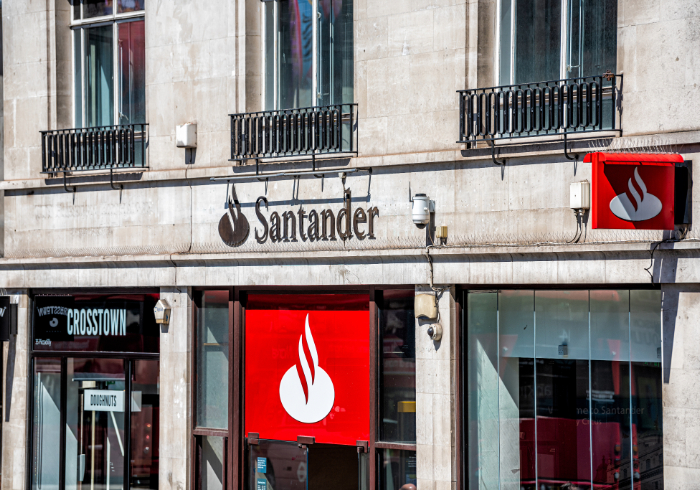B3i, an industry collaboration to leverage blockchain for insurance, has partnered with R3 to bring its solution into production on the Corda platform by the end of the year. In doing so, it leaves IBM and the Hyperledger Fabric framework, on which it had developed its prototype.
An acronym for the Blockchain Insurance Industry Initiative, B3i is a joint effort between 13 insurance and reinsurance companies, who, since coming together in October 2016, have been exploring how blockchain technology and smart contracts can help make data exchange between the companies more efficient. The aim is to improve the way data, claims, capital and payments are disclosed, automated and managed.
In September, the alliance launched its prototype, which was built and hosted by IBM and powered by Hyperledger Fabric, a Linux Foundation open source blockchain framework. This was followed by a market beta-testing programme, in which another 23 insurers, brokers and reinsurers participated. In March, following the testing, the consortium of founders transitioned into a legal entity.
The current 13 members of B3i Services AG, which is incorporated in Zurich, Switzerland, are Achmea, Aegon, Ageas, Allianz, Generali, Hannover Re, Liberty Mutual, Munich Re, SCOR, Swiss Re, Tokio Marine, XL Catlin and Zurich Insurance Group.
According to a statement from B3i, its decision to move its solution from Hyperledger to Corda came after an “extensive evaluation”, which assessed “the available open source blockchain technologies against the B3i enterprise platform strategy”, with “critical success factors” being data privacy, scalability, interoperability and developer productivity.
Speaking to GTR, Markus Tradt, CTO at B3i, elaborates on the decision, which he says was finalised during the first quarter of the year: “We did the prototype and market testing with 38 companies. This was built in a test environment and at some point we recognised that in order to bring this into production, we had to do a review of the criteria, what is important to get this into an enterprise-ready product. Our evaluation led to the conclusion that Corda, for our use case, is the best technology and the one where we think we can have the quickest time to market.”
When asked specifically what Corda has to offer over Hyperledger, Tradt says one of the key considerations was around privacy.
“What we really liked about the Corda design is that they share information only on a transaction level between parties, so they are not putting transactions into blocks and sharing transactions with parties that are not involved, and this was very important to us. It’s crucial for us that transaction information is private between counterparties,” he says.
Another important factor, Tradt refers to as “developer productivity” – in essence, Corda would enable them to bring the product to market quicker.
Having now started migration to the new platform, he says the group expects to have a production-ready version for live testing by its members by the end of the year.
Hyperledger or Corda?
IBM (which uses the Hyperledger Fabric framework) and R3 (which itself launched the Corda platform last year) are two of the most active players currently developing blockchain solutions for a range of use cases in the financial services sector, including trade finance.
The competition to bring specific trade finance solutions into production is heating up, with HSBC and ING having recently conducted their first live, commercial trade finance transaction on blockchain using the R3 Corda platform. Meanwhile, we.trade, a consortium of nine European banks, whose platform is developed with IBM on Hyperledger Fabric, claims to now be “in a production environment” and ready to deliver blockchain solutions to clients by the end of the summer.
The insurance industry is equally ripe for blockchain disruption, as reported in GTR+ Insurance 2017. Speaking to GTR at the time, Sylvain de Crom, the head of research and development at Aegon and involved in B3i, said that reinsurance was a good place to start testing with blockchain technology because it is a very paper-heavy process involving several players, all of which have their own administrative systems and individual contracts with one another.
“If a large claim happens, the insurance company runs the claim through its administration systems and calculates what it means for the reinsurance contract in its own version of the truth,” de Crom said. “Then it tells the reinsurance company, which takes all the data, runs it through its own systems, calculates the impact in its own version of the truth and communicates that back to the insurance company. In the ideal solution, everybody ends up with the same number.”
But that doesn’t always happen, he explained, which can lead to much additional work and time, sometimes several months, being spent on a claims process between the insurer and the reinsurer.
What the world of blockchain proposes, however, is that the many corridors of communication be replaced with one network of insurers and reinsurers, who can easily interact on one shared ledger, on which they have agreed on a so-called smart contract – a deal written in a computer code that can be automatically executed based on certain parameters.
“We would no longer need a piece of paper but a piece of digital content that does calculations itself,” de Crom said, going on to explain how the B3i solution would work: “Then, when there is a large claim, the insurance company feeds the data into the smart contract that has computational logic, and which calculates what that claim means for that insurer and all the reinsurance companies on that contract.”
Since everyone shares the same immutable ledger, and the same smart contract living on it, the numbers will be consistent, reducing the process to “minutes, if not seconds”.
The first B3i product to go live will be for property excess of loss (XoL) reinsurance contracts. According to Tradt of B3i, the company is currently looking to expand to other contract types and lines of business in reinsurance, after which the intention is to go beyond reinsurance. This could eventually also see insurance buyers onboard the platform.









